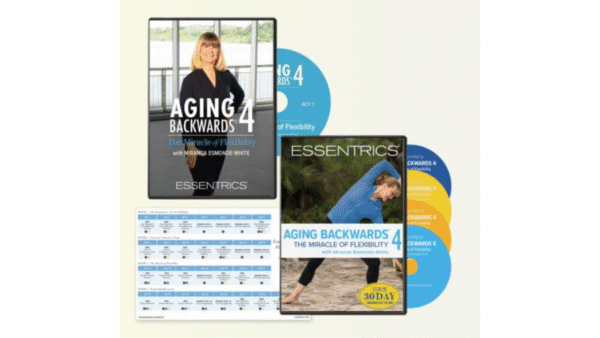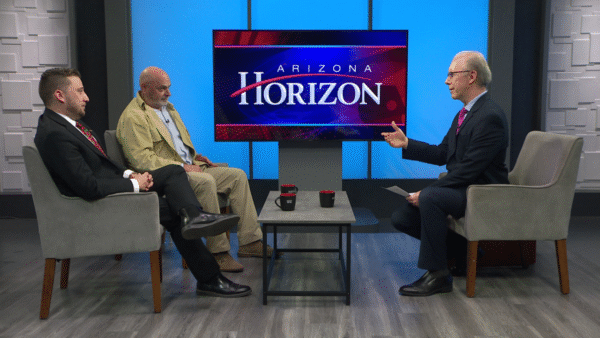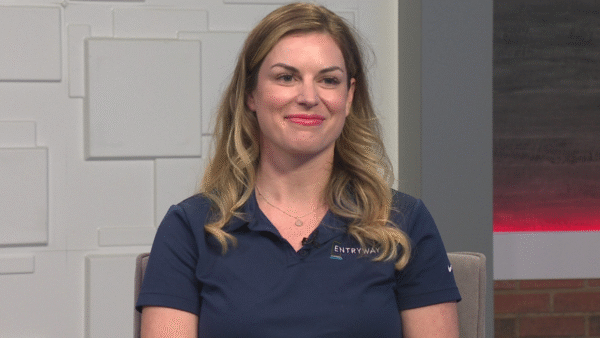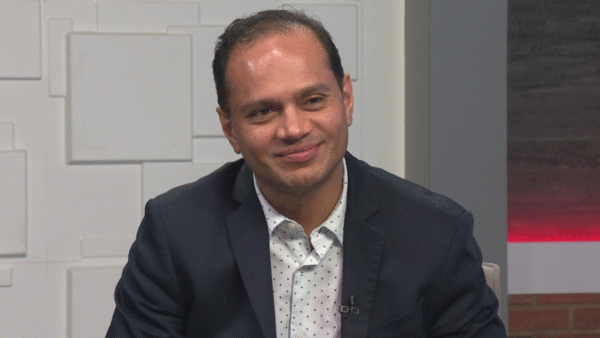Teen health centers participate in program
Oct. 26, 2022
Ten health centers across the state in the Arizona Family Health Partnership (AFHP) network are participating in an intensive 18-month best-practices driven program designed to address the unique healthcare needs of young people by removing barriers to improve healthcare delivery.
The Adolescent Champion Model improves healthcare delivery for young people by identifying and addressing barriers to optimal health services and empowering young patients to establish positive lifelong health behaviors.
Tracy Pedrotti, MPH/AFHP Adolescent Health Program Manager & pediatrician Dr. Vinny Chulani explain more about the program.
What is the Arizona Family Health Partnership?
“The Arizona Family Health Partnership is a federally funded non-profit organization. We’re focused on providing sexual and reproductive health care services to anyone in Arizona. The Adolescent Champion Model is one of our programs,” explained Pedrotti.
“We have a wide range of health services. Health centers are the providing comprehensive primary care services, so we started with just three and we grew to seven, and now we currently have 20 health centers in two different co-horts,” she explained.
What is the Adolescent Champion Model?
“The model is really based on the understanding that young people are not just big children or little adults, and that providing health services for young people our services need to be catered to their developmental needs, to their cultural needs, and the specific needs of adolescents,” explained Chulani.
“The Champion Model is really about how health centers can go through a process of obtaining feedback from their young people, from the patients they serve, around how they can better adapt their practices to better serve young people,” he further explained.
He further mentioned that the health centers go through an 18 month cycle, with three of those months they assess how well their services were in order to make changes to adjust to those needs.
“It recognizes that the patient experience does not begin in the office, in the waiting room, it begins in your front office. It’s about how we adapt all these steps along the way to make sure young people have positive experiences in health care,” said Chulani.
























